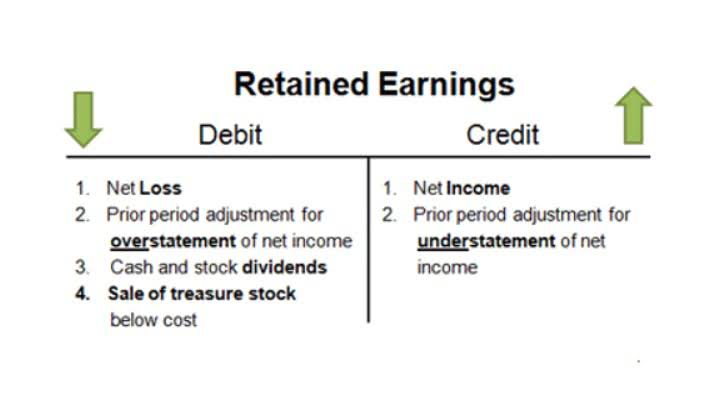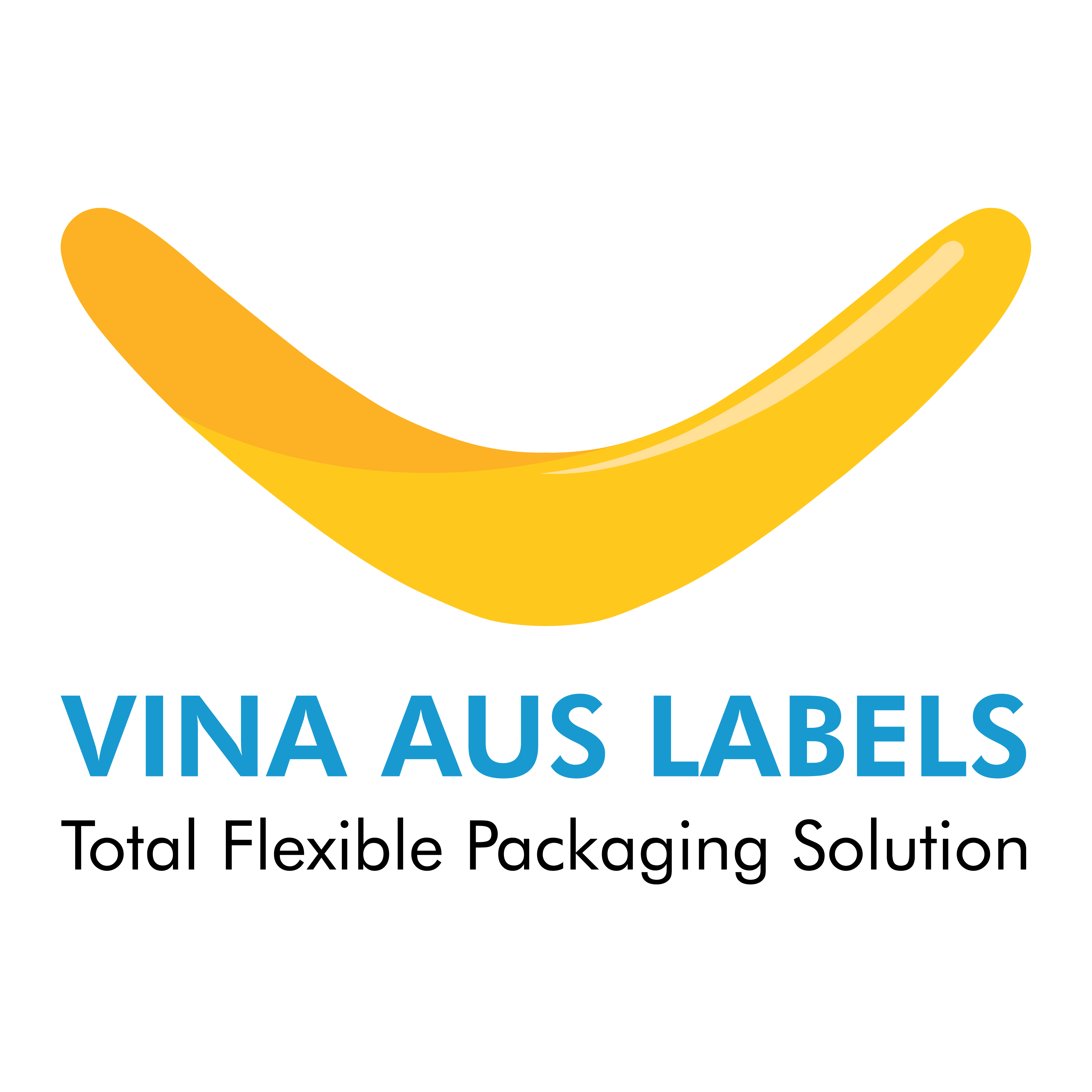
In addition, changes in prices and industry trends can make historical data an unreliable predictor of future overhead costs. Finally, using a predetermined overhead rate can result in inaccurate decision-making if the rate is significantly different from the actual overhead cost. Prior to the start of Accounting for Churches the accounting year, JKL Corp calculates the predetermined annual overhead rate to be used in the new year. JKL’s profit plan for the new year includes $1,200,000 as the budgeted amount of manufacturing overhead.
Estimate budgeted overheads
Our writing and predetermined overhead rate editorial staff are a team of experts holding advanced financial designations and have written for most major financial media publications. Our work has been directly cited by organizations including Entrepreneur, Business Insider, Investopedia, Forbes, CNBC, and many others. Our team of reviewers are established professionals with decades of experience in areas of personal finance and hold many advanced degrees and certifications.

Example of Predetermined Overhead Rate

For example, if we choose the labor hours to be the basis then we will multiply the rate by the direct labor hours in each task during the manufacturing process. As the production head wants to calculate the predetermined overhead rate, all the direct costs will be ignored, whether direct cost (labor or material). The common allocation bases are direct labor hours, direct contribution margin labor cost, machine hours, and direct materials.
- We may earn a commission when you click on a link or make a purchase through the links on our site.
- Hence, this predetermined overhead rate of 66.47 shall be applied to the pricing of the new product VXM.
- We can calculate predetermined overhead for material using units to be allocated.
- If a job in work in process has recorded actual labor costs of 6,000 for the accounting period then the predetermined overhead applied to the job is calculated as follows.
- The production head wants to calculate a predetermined overhead rate, as that is the main cost allocated to the new product VXM.
How to calculate a predetermined overhead rate

For these reasons, most companies use predetermined overhead rates rather than actual overhead rates in their cost accounting systems. A predetermined overhead rate, also known as a plant-wide overhead rate, is a calculation used to determine how much of the total manufacturing overhead cost will be attributed to each unit of product manufactured. The rate is determined by dividing the fixed overhead cost by the estimated number of direct labor hours. The controller of the Gertrude Radio Company wants to develop a predetermined overhead rate, which she can use to apply overhead more quickly in each reporting period, thereby allowing for a faster closing process.

Basis
It’s a completely estimated amount that changes with the change in the level of activity. The overhead will be allocated to the product units at the rate of 10.00 for each machine hour used. The overhead is applied to the product units at the rate of 2.50 for each labor hour used. Then, they’ll need to estimate the amount of activity or work that will be performed in that same time period. For this example, we’ll say the marketing agency estimates that it will work 2,500 hours in the upcoming year. Company X and Company Y are competing to acquire a massive order as that will make them much recognized in the market, and also, the project is lucrative for both of them.

Example 2: ecommerce business
Suppose that X limited produces a product X and uses labor hours to assign the manufacturing overhead cost. The estimated manufacturing overhead was $155,000, and the estimated labor hours involved were 1,200 hours. Suppose the estimated manufacturing overhead cost is $ 250,000 and the estimated labor hours is 2040. If a job is in work in process and has recorded actual direct labor hours of 600 during an accounting period then the predetermined overhead applied to the job is calculated as follows. The manufacturing overhead costs are applied to the product based on the actual number of activity base units used during the accounting period. The actual overhead rate is based on the actual amount of overhead to be absorbed and the actual quantum or value of the base selected (e.g., direct wages, cost of materials, machine hours, direct labor hours, etc.).
Furthermore, historical data is not always the best for predicting, estimating, and forecasting.
What are the Advantages of Predetermined Overhead Rate?
In recent years increased automation in manufacturing operations has resulted in a trend towards machine hours as the activity base in the calculation. A number of possible allocation bases are available for the denominator, such as direct labor hours, direct labor dollars, and machine hours. Hence, the fish-selling businesses need to monitor the seasonal variations and adjust the cost pattern of the products. The use of predetermined overheads effectively incorporates the cost effects of seasonal variations in the product cost and price. Additionally, you should recalculate your predetermined overhead rate any time there is a significant change in your business, such as the addition of new equipment or a change in your product line.

 English
English
